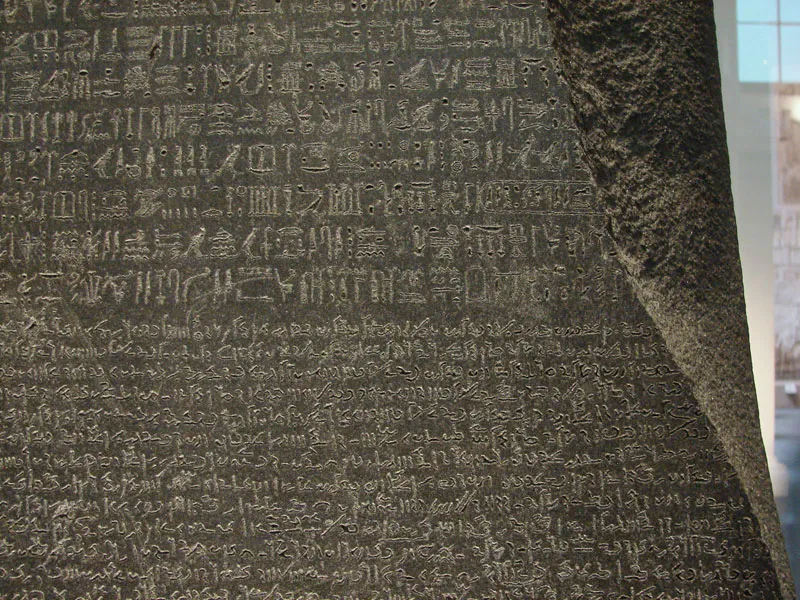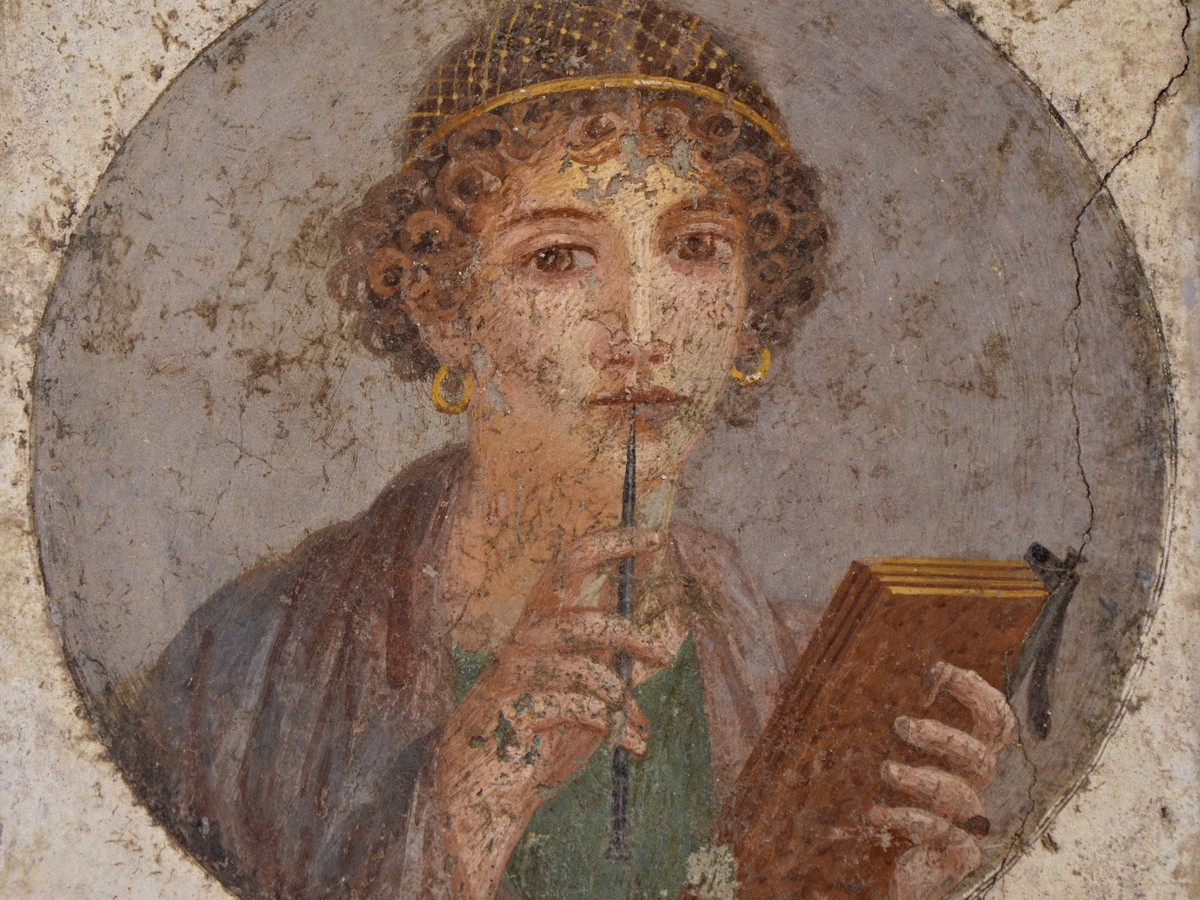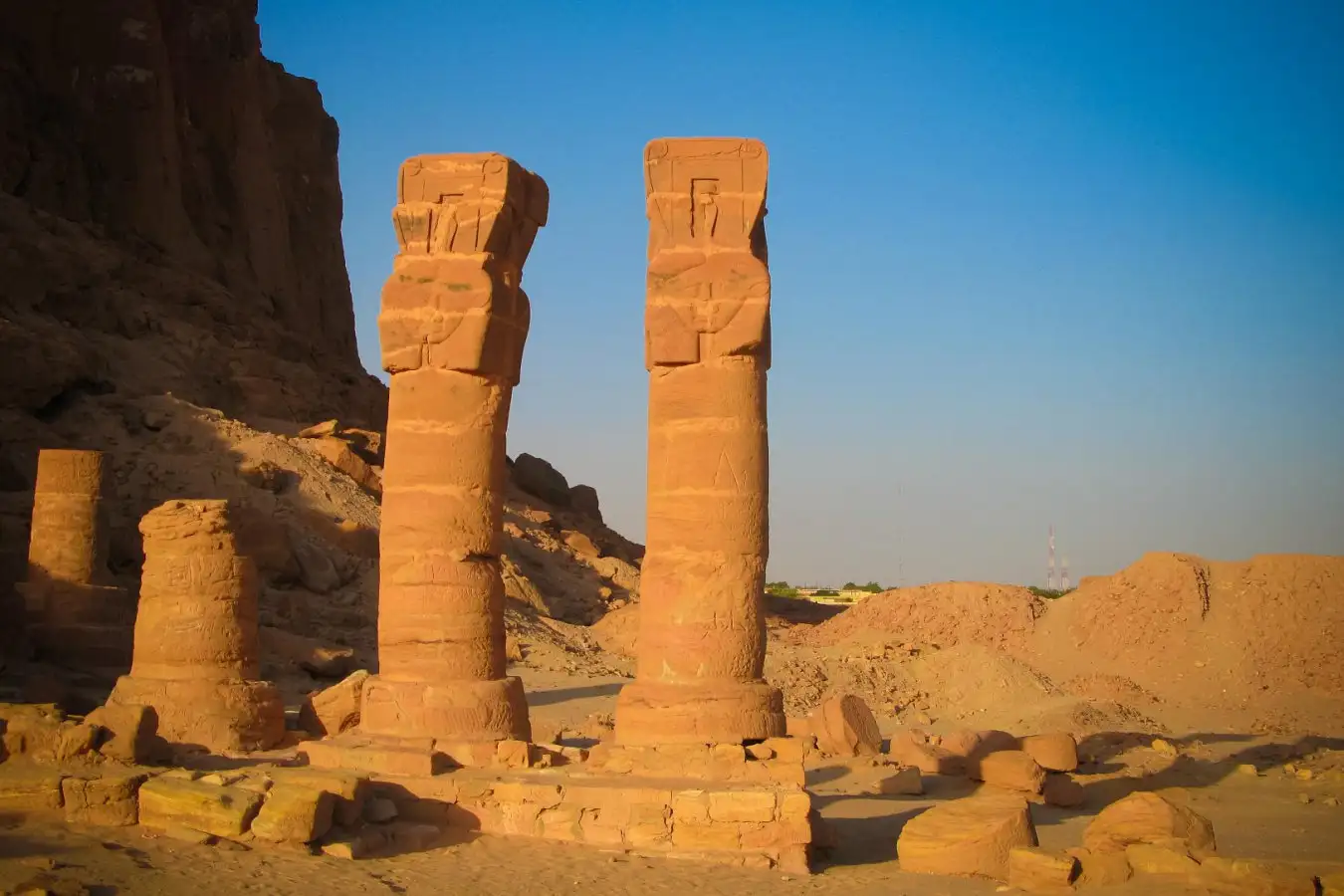Discovered in 1799 near the Egyptian town of Rosetta, the Rosetta Stone is a granodiorite slab inscribed with a decree from 196 BCE during the reign of King Ptolemy V. What makes this artifact exceptional is its inscription in three scripts: Ancient Egyptian hieroglyphs, Demotic script, and Ancient Greek. This trilingual feature provided scholars with the key to deciphering Egyptian hieroglyphs—an ancient language that had remained unreadable for centuries.
In the early 1800s, linguists like Thomas Young and Jean-François Champollion began the complex work of comparing the Greek with the Egyptian scripts. Through years of study, they identified phonetic patterns and linguistic structures that eventually led to a full understanding of hieroglyphic writing. This breakthrough laid the foundation for modern Egyptology and allowed historians to access thousands of years of Egyptian texts and records with newfound clarity.
Today, the Rosetta Stone stands as a symbol of linguistic achievement and cross-cultural collaboration. Its decipherment opened a window into one of the world’s oldest civilizations, revealing their beliefs, laws, and daily life. Beyond its historical value, the Rosetta Stone reminds us of the power of knowledge and perseverance in unlocking the secrets of our shared human heritage.




